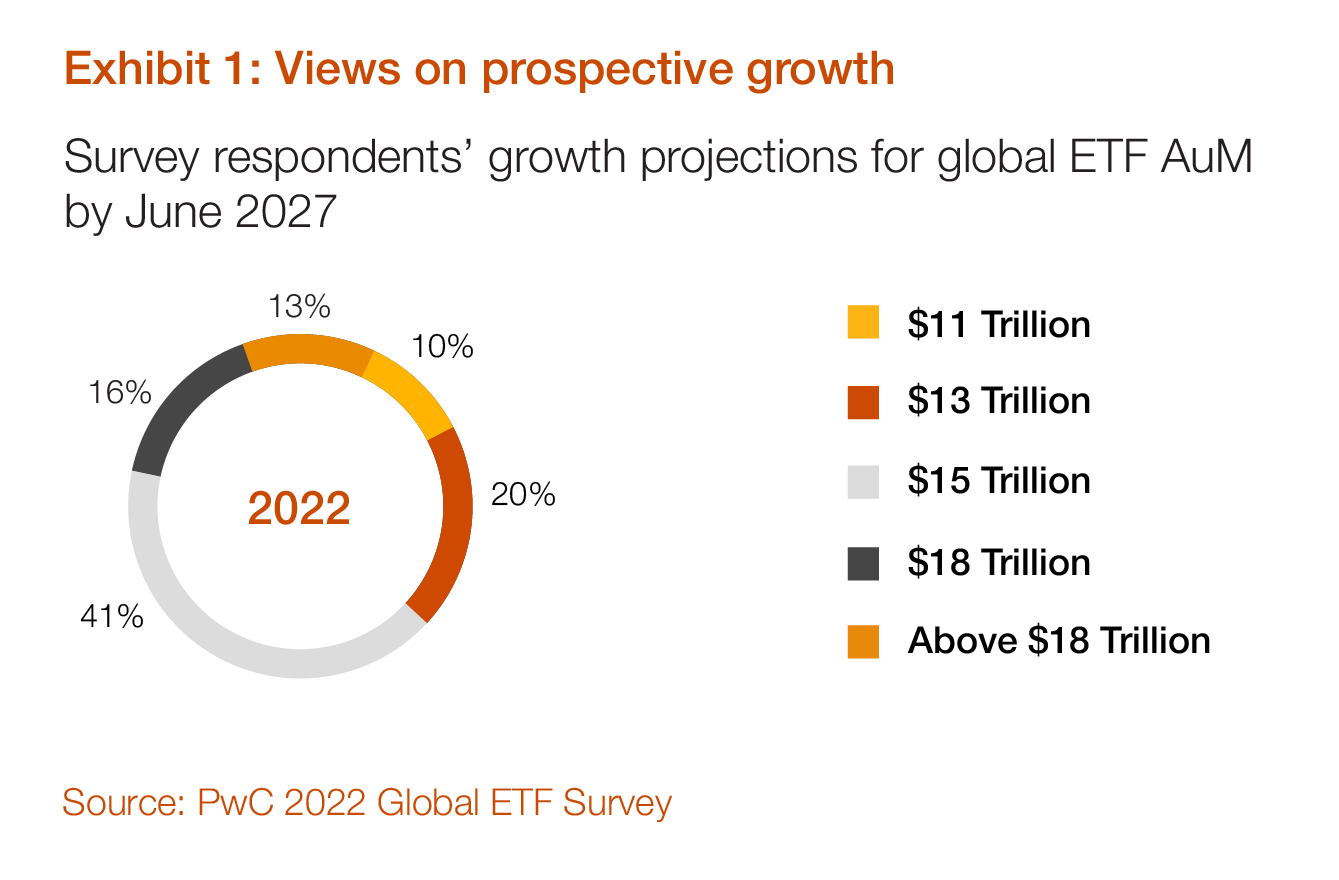2. Product trends: Reaching out beyond the core
Product innovation and diversification are opening up opportunities for a fresh surge in growth.
While traditional passive equity products remain the largest segment of the ETF market and respondents expect that demand from investors for these products will continue to be significant, fixed income ETFs are expected to continue their strong growth rates, with 69% of US respondents and at least 60% in the other regions expecting significant demand over the next two to three years.
Survey respondents also expect demand for active ETFs to increase over the next two to three years. This would continue a trend whereby active ETFs constitute a small but quickly growing portion of the ETF market. In the US, where active ETFs are already well-established (around 5% of overall ETF AuM, compared to 1.5% in Europe), ETF managers are especially optimistic with 74% respondents expecting significant demand over the next two to three years. While not a deterrent to market entry in Europe, the regulatory landscape regarding portfolio disclosure requirements continues to be an area of interest for active managers.
While thematic ETFs have seen lower net inflows in 2022 as compared to 2021, survey respondents continue to see opportunities with over 63% in each region expecting significant demand for these products over the next two to three years. Europe continues to lead the way on ESG investment products, with 21% of the ETF AuM in the region classified as ESG. European respondents are also most bullish on future investor demand for ESG ETFs with over two-thirds of EU respondents indicating that they expect more than half of their new product launches to be ESG focused over the next two to three years.
A number of survey respondents, particularly the Asian respondents, also see white space for further innovation and expansion in the form of digital asset ETFs and funds that offer exposure to alternative assets, such as derivative strategies and commodity ETF products.


























